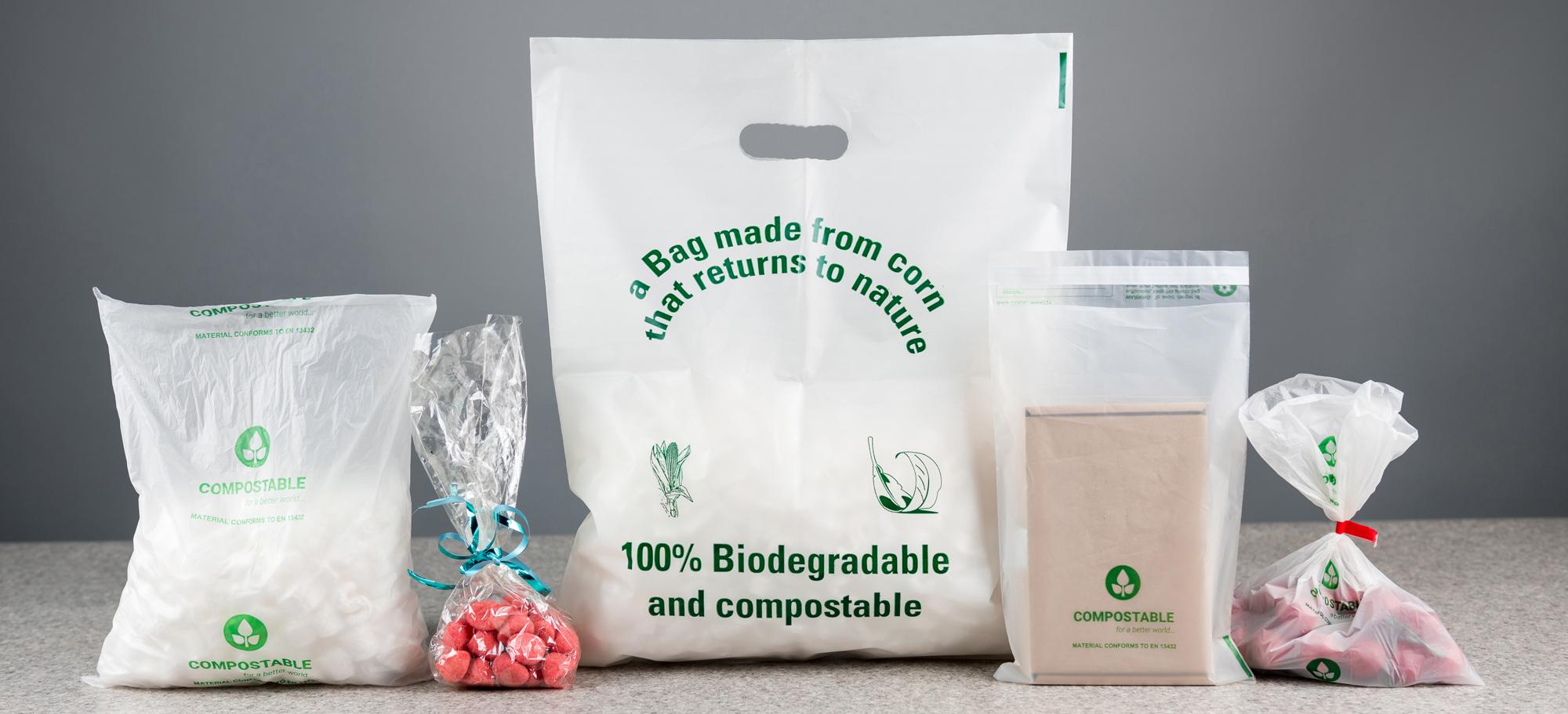Packaging is an essential aspect of modern life, as it is required to keep goods safe and fresh while being transported or stored. However, traditional packaging materials, such as plastic, have been shown to have detrimental effects on the environment. Biodegradable packaging is a promising alternative that can help reduce the negative impact of packaging on the environment. In this article, we will explore the advantages of biodegradable packaging and how it can benefit the environment.
What is Biodegradable Packaging?
Biodegradable packaging is a type of packaging material that is designed to break down quickly and safely when exposed to natural environmental conditions, such as sunlight, moisture, and microorganisms. Unlike traditional packaging materials, biodegradable packaging does not accumulate in the environment and does not release toxic chemicals that can harm wildlife and humans. There are several types of biodegradable packaging materials, such as paper, cardboard, bioplastics, and biodegradable polymers.
Advantages of Biodegradable Packaging
- Reducing Landfill Waste
One of the significant advantages of biodegradable packaging is that it can help reduce the amount of waste that ends up in landfills. Traditional packaging materials, such as plastic, take hundreds of years to break down, and they do not decompose completely. As a result, they accumulate in landfills and take up valuable space. Biodegradable packaging, on the other hand, breaks down quickly and safely, leaving behind only natural materials that can be reused or recycled.
- Reducing Pollution
Another advantage of biodegradable packaging is that it can help reduce pollution. Traditional packaging materials, such as plastic, can release toxic chemicals and microplastics into the environment, which can harm wildlife and humans. Biodegradable packaging, on the other hand, does not release toxic chemicals and is safe for the environment.
- Renewable Resource
Biodegradable packaging materials, such as bioplastics, are made from renewable resources, such as corn, potato, and sugarcane. These resources can be replenished, unlike traditional packaging materials, which are made from fossil fuels, a non-renewable resource. By using renewable resources to make biodegradable packaging, we can reduce our dependence on fossil fuels and help protect the environment.
- Energy Efficiency
The production of traditional packaging materials, such as plastic, requires a significant amount of energy. Biodegradable packaging, on the other hand, requires less energy to produce, as it is made from renewable resources that are easier to process. This means that biodegradable packaging has a lower carbon footprint and is more energy-efficient than traditional packaging materials.
- Versatility
Biodegradable packaging materials, such as bioplastics, are versatile and can be used for a wide range of applications, including food packaging, consumer products, and industrial packaging. Biodegradable packaging can also be customized to meet specific requirements, such as moisture resistance, heat resistance, and durability.
- Cost-Effective
Although biodegradable packaging materials may be slightly more expensive than traditional packaging materials, the cost difference is narrowing as more companies adopt biodegradable packaging. Furthermore, biodegradable packaging can help reduce costs in other areas, such as waste disposal and pollution control.
- Consumer Appeal
Consumers are becoming increasingly aware of the negative impact of traditional packaging materials on the environment. Biodegradable packaging appeals to environmentally conscious consumers who want to reduce their carbon footprint and support sustainable products.
Conclusion
Biodegradable packaging is a promising alternative to traditional packaging materials, such as plastic, that can help reduce the negative impact of packaging on the environment. Biodegradable packaging offers several advantages, including reducing landfill waste, reducing pollution, using renewable resources, being energy-efficient, versatile, cost-effective, and appealing to environmentally conscious consumers. As more companies and individuals become aware of the benefits of biodegradable packaging, we can expect to see an increase in its adoption and use in various applications.





